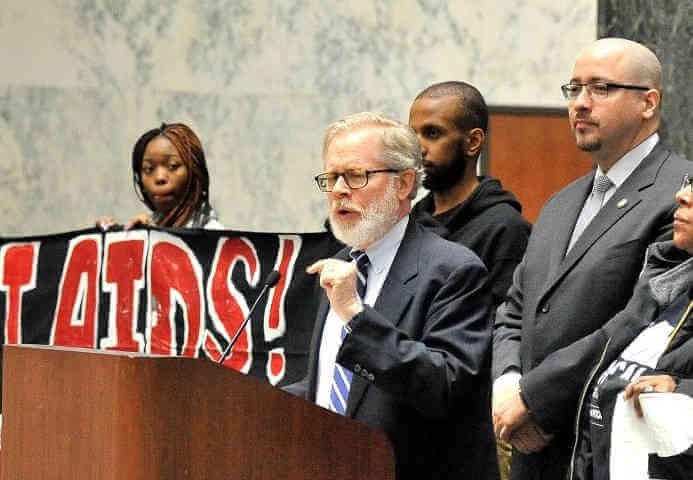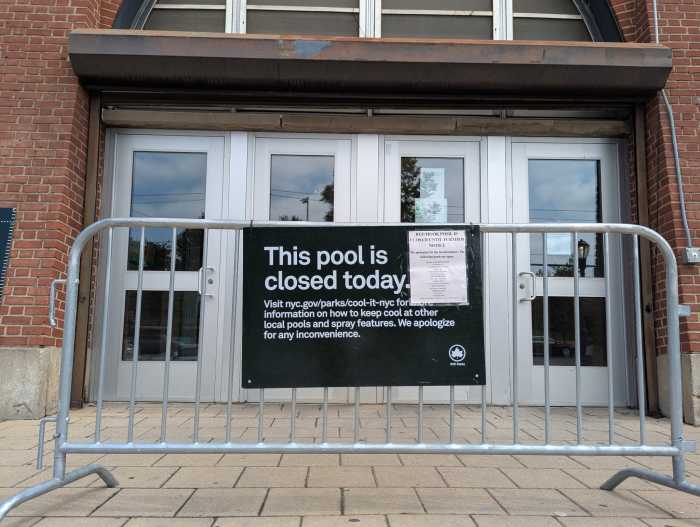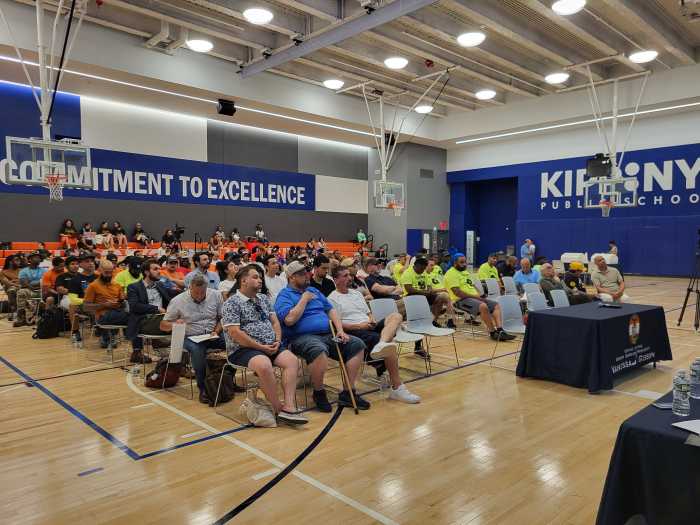More uninsured or underinsured New Yorkers living with HIV will be eligible for financial assistance with their healthcare costs beginning in 2019, according to new regulations announced by Governor Andrew Cuomo.
The State Department of Health is set to loosen eligibility requirements that are currently too strict for many HIV-positive people who fall just outside of the range of coverage for the HIV Uninsured Care Programs (HUCP). The HUCP includes a variety of components of the AIDS Drug Assistance Program (ADAP), which covers the cost of health insurance premiums, HIV medications, home care services, and more.
Existing rules stipulate that recipients are only eligible if they do not have more than $25,000 in liquid assets and their household income does not exceed 435 percent of the federal poverty level. (The current federal poverty level is $12,140 for individuals and $16,460 for a family of two.) The new rules will increase the household income requirement to 500 percent of the federal poverty level, and there will no longer be a cap on resources on hand.
“Expanding access to care is crucial to ending the epidemic, and the new regulations will ensure that people get the help they need,” Dr. Howard Zucker, the state’s commissioner of health, said in a written statement. “Treatment is only possible after a diagnosis, so I encourage everyone to get tested and know their status.”
The proposed changes, which are a part of Cuomo’s “Ending the Epidemic” initiative to lower the amount of new HIV infections by the end of 2020 to no more than 750 — a level at which experts estimate the epidemic can no longer sustain itself — are slated to go into effect early next year.
Additionally, the New York State Department of Health AIDS Institute is implementing a new policy that will focus on speeding up the time an individual begins HIV treatment upon diagnosis. The policy calls for initiation of treatment between three and 30 days of diagnosis.
The state has reached new milestones in recent years in its fight to eradicate HIV. New diagnoses have dropped by 20 percent since 2014 and dipped to an all-time low of 2,769 last year. New diagnoses per 100,000 people have decreased by 42 percent among Hispanic people and 52 percent among black people during that period. According to statistics from the city’s Department of Health and Mental Hygiene, the number of new infections — a measure distinct from new diagnoses — continued its decline from 2016 to 2017, with reductions seen in all measured demographic subgroups except Latino gay and bisexual men.






























